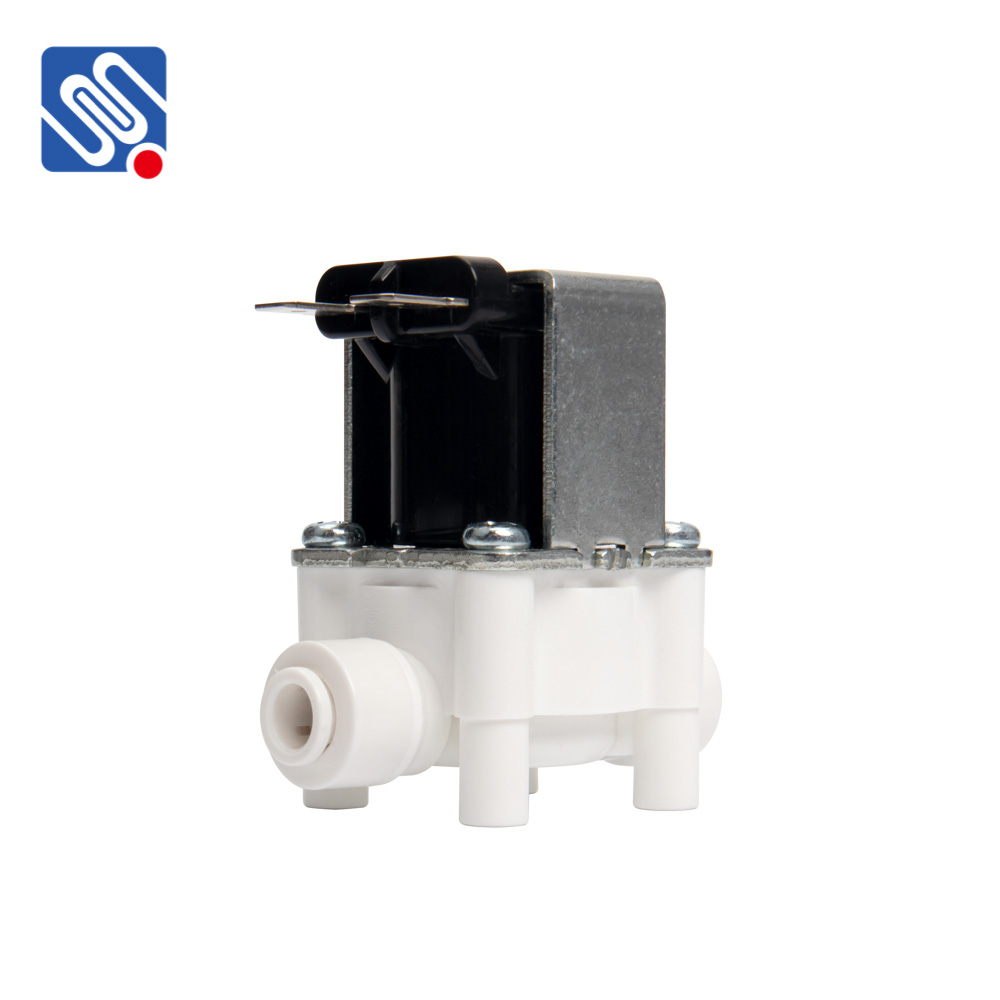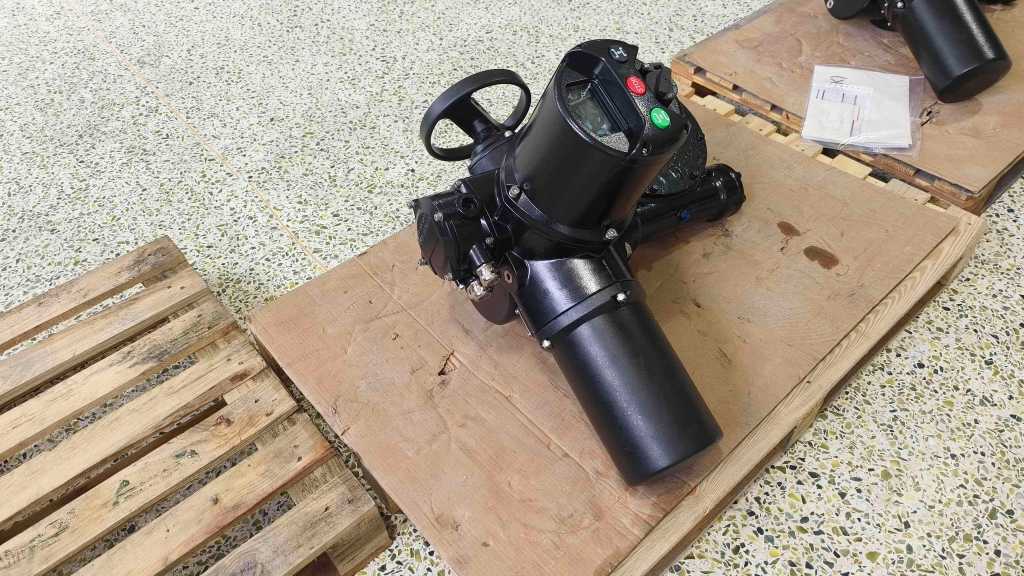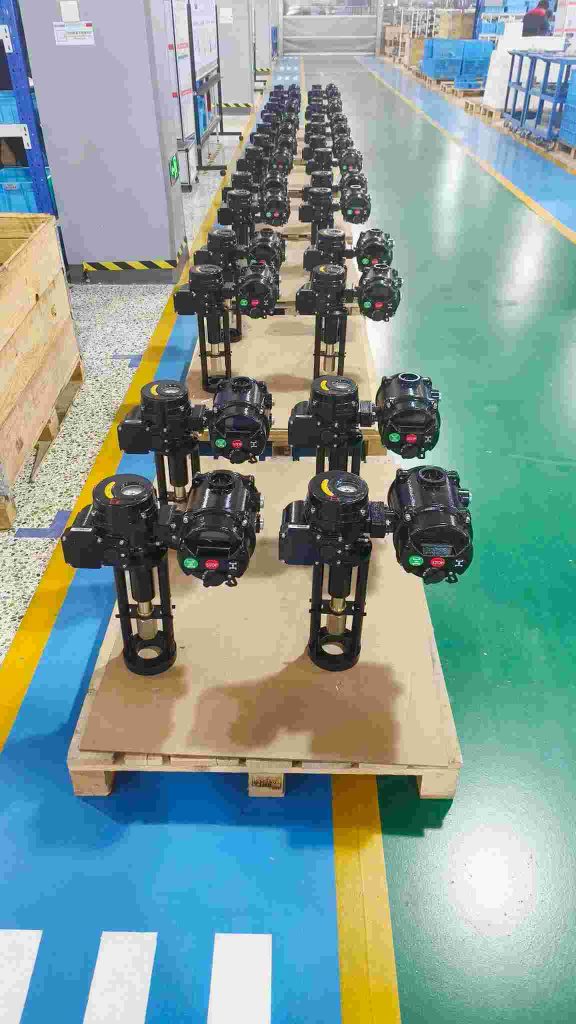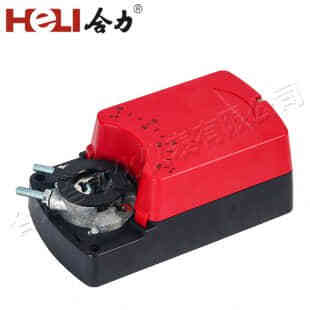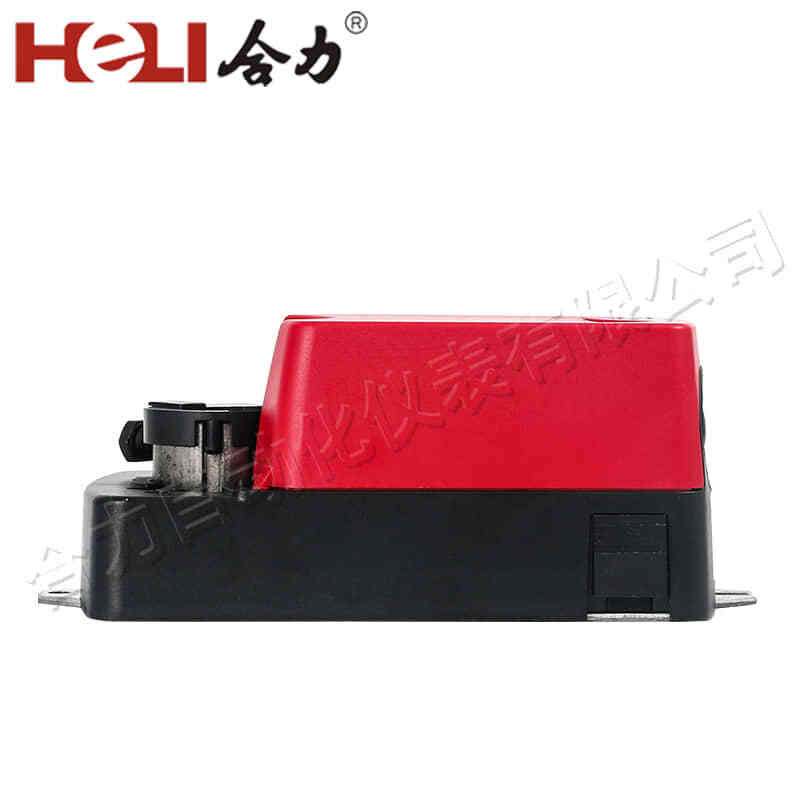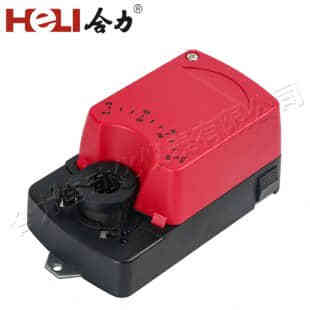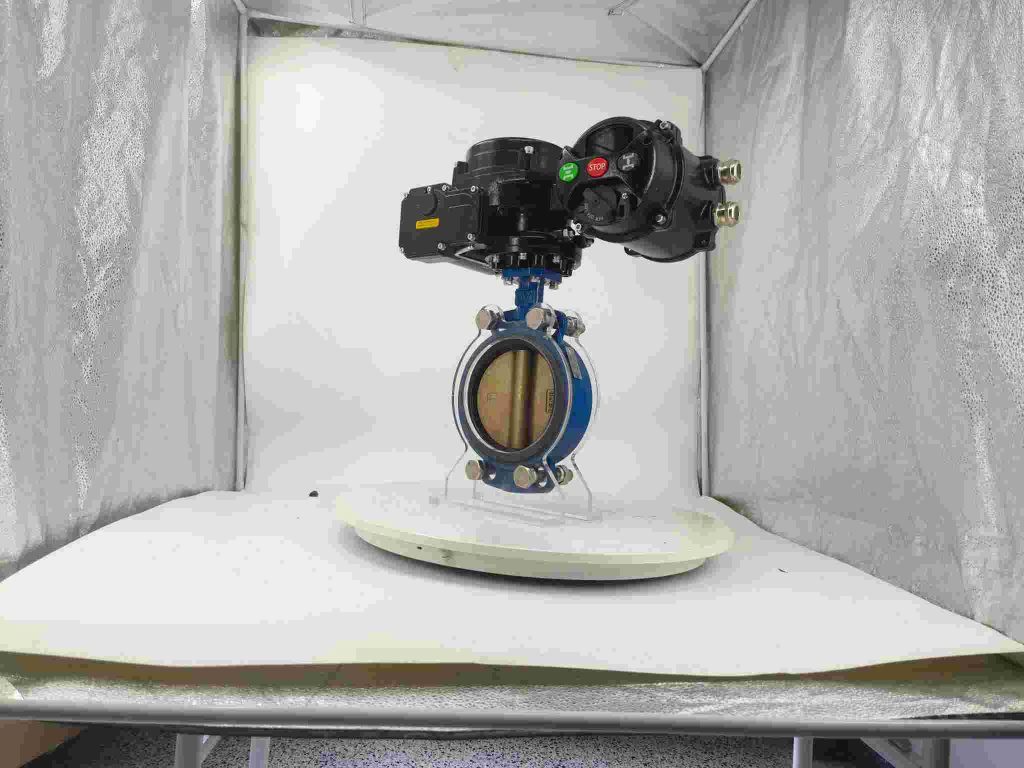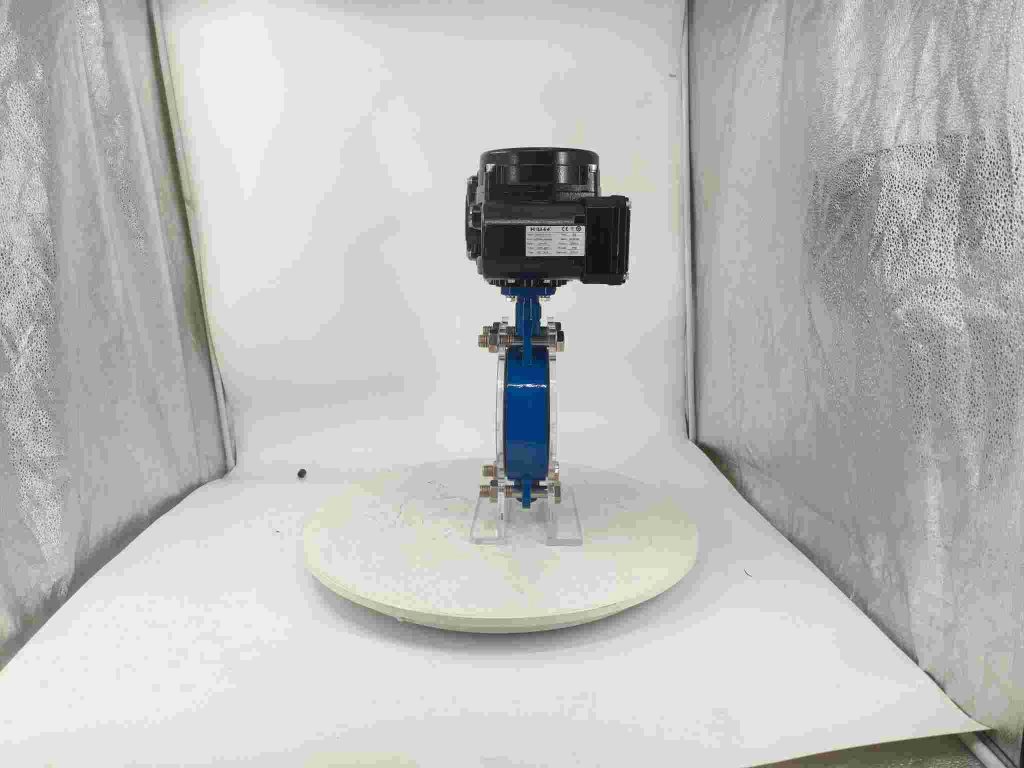Relay selection is a pivotal technique in modern wireless communication systems, particularly in multi-hop networks such as 4G LTE and 5G. It plays a critical role in ensuring the quality, reliability, and efficiency of data transmission over large areas, especially in environments where direct communication may not be feasible due to distance, obstacles, or interference. By introducing relay nodes, wireless networks can extend their coverage, boost signal strength, and enhance overall system performance. In this article, we will delve into the concept of relay selection, its significance, and its applications in improving wireless communication systems.
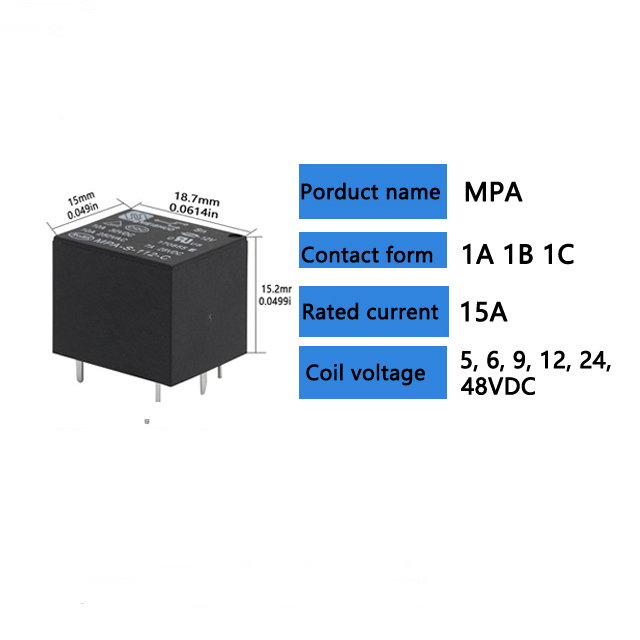
What is Relay Selection? Relay selection refers to the process of choosing an optimal relay node within a wireless network to forward data between a source and a destination. In traditional direct communication, data is sent directly between two devices, but this can be limited by distance and physical barriers. Relay nodes help bridge this gap by forwarding the data from the source to the destination, typically over multiple hops, thereby extending the coverage area and improving signal quality. The relay node does not generate its own data; instead, it retransmits the signals received from the source to the destination. The key challenge in relay selection lies in determining the best relay node to ensure optimal communication performance. Factors such as signal strength, channel quality, power control, latency, and network load must be considered when selecting the appropriate relay.
